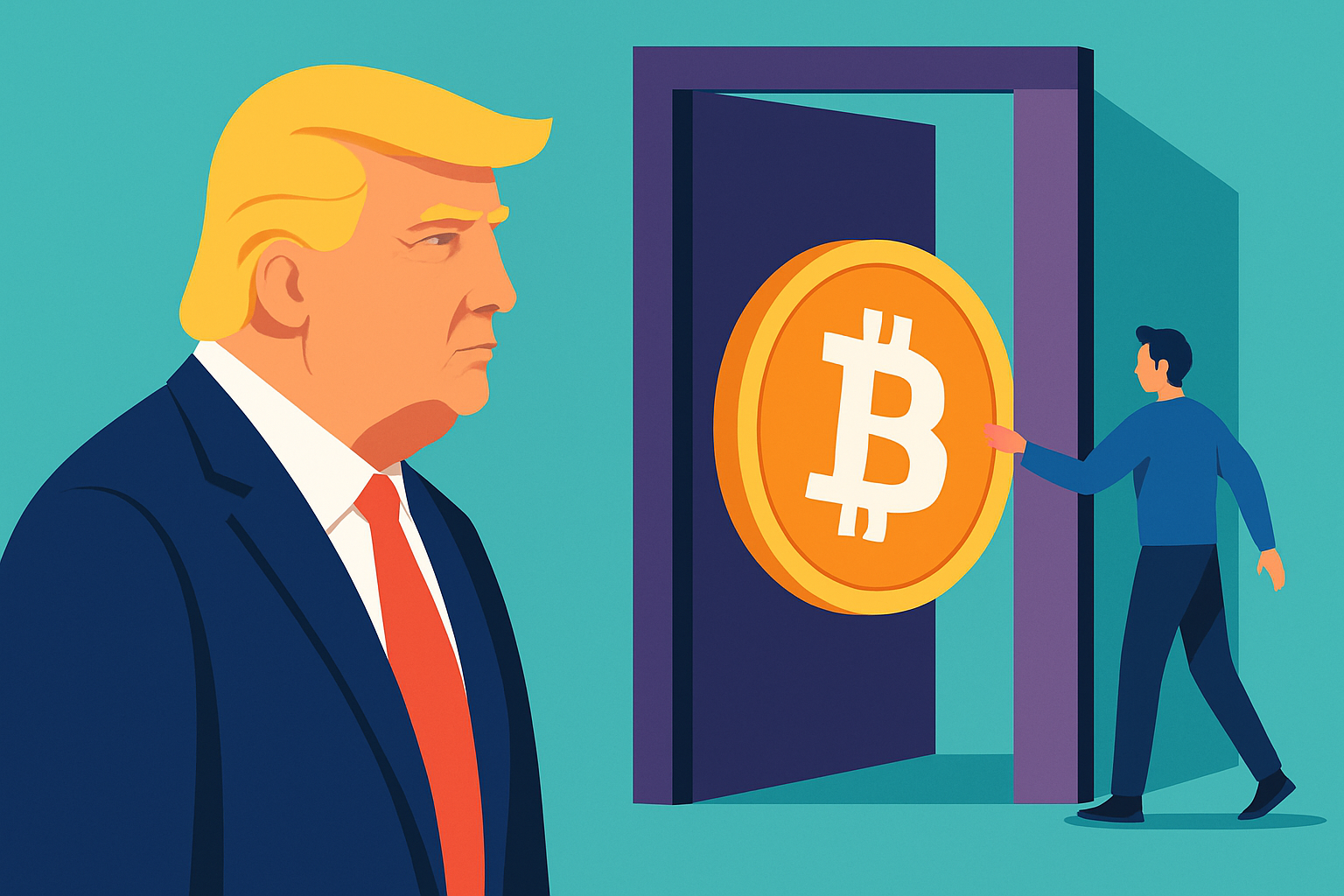
On August 7,2025, President Donald Trump signed an executive order that could fundamentally reshape how Americans invest for retirement. The directive instructs federal agencies to revise regulations and potentially allow 401(k) plans to include alternative assets like private equity, real estate, and most notably, cryptocurrencies. For investors who have watched the crypto market mature from a speculative playground to a mainstream asset class, this move signals a major inflection point in U. S. retirement policy.
What Does Trump’s Executive Order Actually Do?
The heart of the order is a mandate for regulatory review. The Department of Labor (DOL) must reconsider its guidance on fiduciary duties regarding alternative investments in ERISA-governed 401(k) plans. This opens the door for plan sponsors and providers to offer digital assets like Bitcoin alongside more traditional holdings such as stocks and bonds.
The DOL isn’t acting alone. The order specifically calls for interagency collaboration with the Treasury Department and the Securities and Exchange Commission (SEC). The SEC is tasked with revising its own rules to facilitate access to these new asset classes within participant-directed defined-contribution plans.
This is not just bureaucratic reshuffling. It’s an explicit effort to democratize access to investment vehicles that have long been available only to institutional investors or high-net-worth individuals. Now, everyday workers saving for retirement might soon have a path to allocate part of their nest egg into assets like Bitcoin or Ethereum.
“The executive order marks a pivotal shift in retirement investing, potentially allowing millions of Americans exposure to high-growth alternatives like crypto within their 401(k)s. “
Market Response: Crypto Prices React
The market didn’t wait long to react. In the hours following news of the executive order, major cryptocurrencies rallied sharply. As of August 8,2025:
- Bitcoin (BTC): $116,153.00 (24h change: -$607.00 or -0.52%)
- Ethereum (ETH): $3,949.51 (24h change: and $112.53 or and 2.93%)
This surge reflects both optimism about increased adoption and speculation that institutional flows could drive further gains if regulatory barriers fall away.
Diversification Meets Volatility: What’s Really at Stake?
The promise of portfolio diversification is front-and-center in this policy shift. Including alternative assets such as private equity or cryptocurrency could help smooth returns over time and reduce dependence on stock-bond correlations, at least in theory.
But there are significant tradeoffs:
- Volatility: Cryptocurrencies remain highly volatile compared to traditional asset classes.
- Liquidity: Many alternatives are less liquid than stocks or mutual funds, selling quickly can be difficult or costly.
- Fees: Alternative investments often come with higher management fees or unique custodial requirements.
This means that while the upside potential is considerable, particularly if you believe Bitcoin has room left to run above $116,000, the risks are equally pronounced for unsophisticated investors.
Bitcoin (BTC) Price Prediction 2026-2031
Impact of Trump’s Executive Order Allowing Crypto in 401(k)s and Key Market Trends
| Year | Minimum Price | Average Price | Maximum Price | Year-over-Year % Change (Avg) | Market Scenario Insights |
|---|---|---|---|---|---|
| 2026 | $98,500 | $125,000 | $148,000 | +7.6% | Post-EO volatility as 401(k) adoption is slow; price consolidation with potential for large institutional inflows. |
| 2027 | $110,000 | $142,000 | $175,000 | +13.6% | Broader 401(k) integration and ETF growth; regulatory clarity lifts sentiment. |
| 2028 | $123,000 | $163,000 | $210,000 | +14.8% | Increased allocation in retirement accounts, next Bitcoin halving cycle fuels bullish momentum. |
| 2029 | $140,000 | $185,000 | $245,000 | +13.5% | Wider mainstream adoption; potential for global pension fund entry; tech upgrades improve utility. |
| 2030 | $160,000 | $210,000 | $280,000 | +13.5% | Peak adoption in retirement plans; global macro shifts drive demand as digital gold narrative strengthens. |
| 2031 | $185,000 | $235,000 | $320,000 | +11.9% | Market matures; volatility decreases, but upside remains as institutional and retail flows persist. |
Price Prediction Summary
Bitcoin is poised for substantial growth throughout 2026–2031, driven by the opening of U.S. 401(k)s to crypto, continued institutional adoption, and improved regulatory clarity. While volatility will remain, the long-term trend is upward, with potential for new all-time highs as retirement funds and mainstream investors increase exposure.
Key Factors Affecting Bitcoin Price
- Implementation and uptake of 401(k) crypto options following Trump’s executive order
- Pace of regulatory clarity and SEC/DOL guidance for retirement plans
- Bitcoin halving cycles and supply dynamics
- Macroeconomic environment and inflation concerns
- Institutional adoption and ETF inflows
- Technological improvements to Bitcoin’s scalability and utility
- Competition from other digital assets and macro market cycles
Disclaimer: Cryptocurrency price predictions are speculative and based on current market analysis.
Actual prices may vary significantly due to market volatility, regulatory changes, and other factors.
Always do your own research before making investment decisions.
The Road Ahead: Regulatory Hurdles Remain
No one should expect overnight change. While Trump’s executive order sets the regulatory wheels in motion, actual implementation will take time, possibly years, as agencies develop new guidelines and major retirement providers create suitable products tailored for plan participants’ needs.
Larger employers will need time to evaluate whether offering these options aligns with fiduciary responsibilities under ERISA law, and whether employees are equipped with enough education about the risks involved in digital assets.
This evolving landscape creates both opportunities and challenges for American savers looking beyond stocks and bonds for long-term growth potential.
For investors, the prospect of accessing crypto in 401(k) plans is both exciting and fraught with new responsibilities. The inclusion of digital assets like Bitcoin and Ethereum could transform retirement portfolios, but it also demands a more nuanced approach to risk and due diligence.
Key Questions for Savvy Retirement Investors
As the regulatory process unfolds, here are some strategic questions every investor should consider before allocating retirement funds to crypto or other alternatives:
Key Questions Before Adding Crypto to Your 401(k)
-
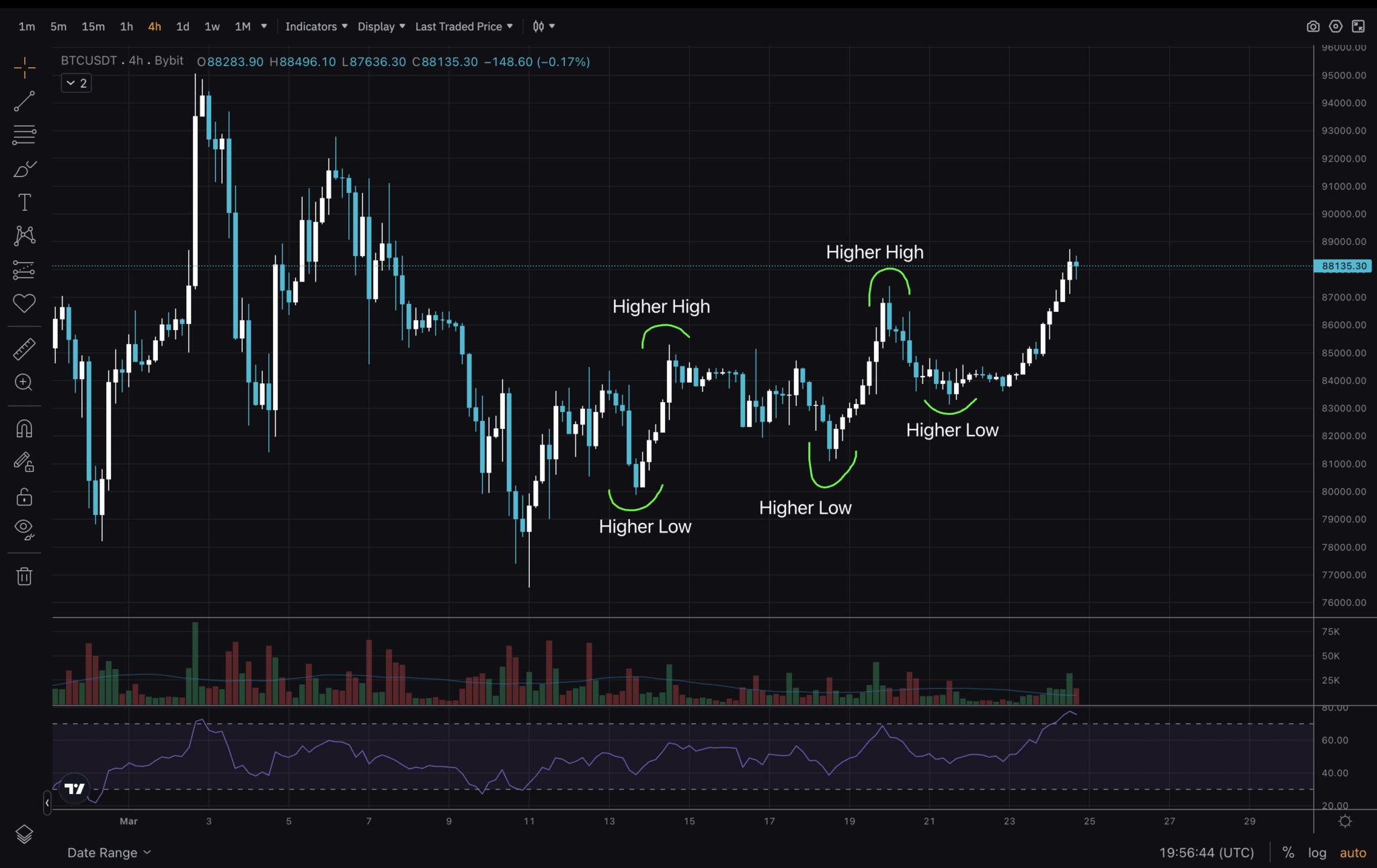
What is my risk tolerance for volatile assets like Bitcoin? Crypto prices can swing dramatically—Bitcoin is currently trading at $116,153 with a 24-hour change of -0.52%. Assess if you can handle such fluctuations in your retirement portfolio.
-

Does my 401(k) provider support crypto investments? Not all plan administrators offer cryptocurrency options yet. Check if your provider—such as Fidelity or Vanguard—has enabled access to digital assets.
-

What are the fees and costs associated with crypto in 401(k)s? Crypto investments may carry higher management and transaction fees compared to traditional assets. Review fee disclosures from your plan provider.
-

How will crypto fit into my overall retirement strategy? Consider how allocating a portion to crypto affects your diversification, long-term goals, and risk profile. Consult with a certified financial planner if needed.
-
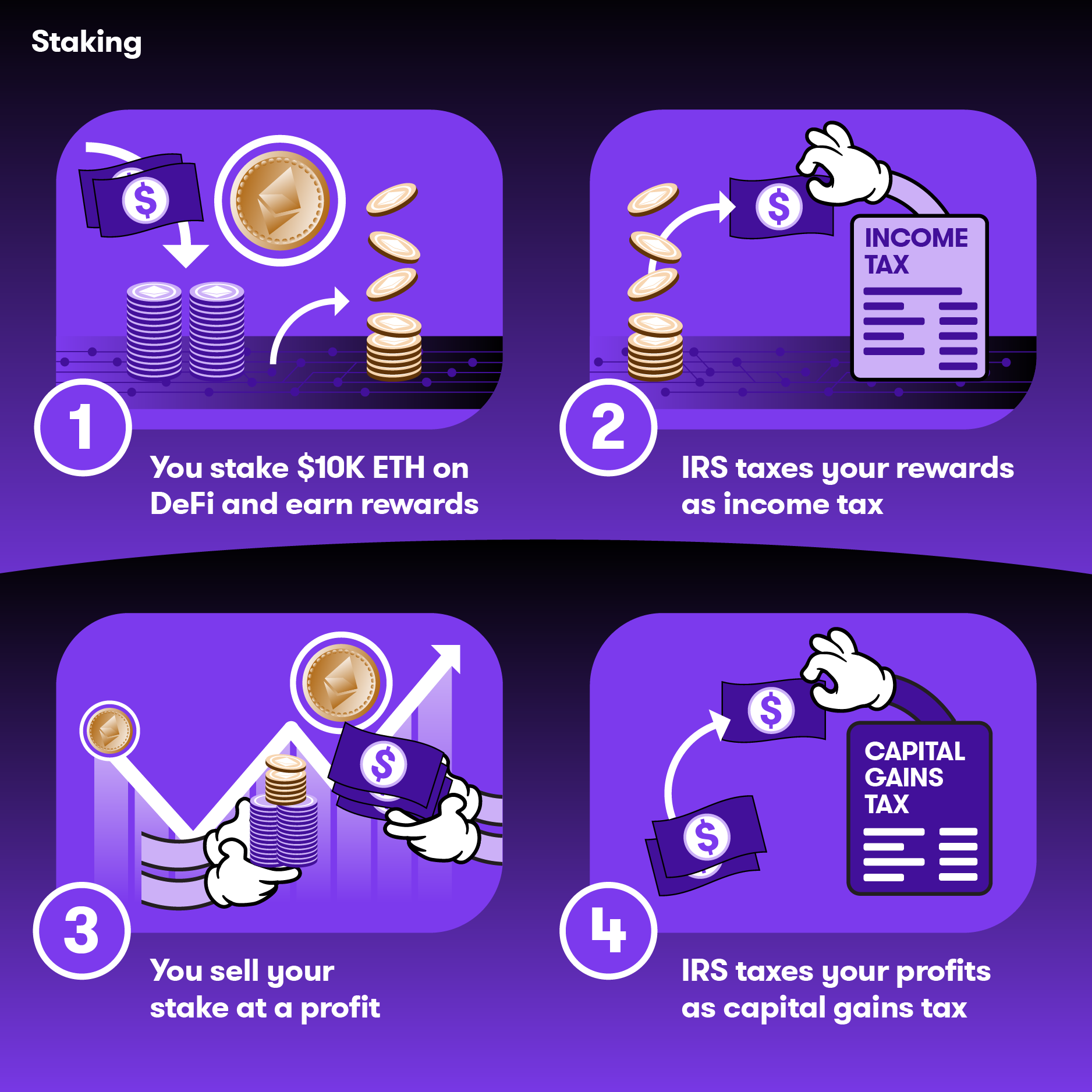
What are the tax implications of holding crypto in a 401(k)? While 401(k)s are tax-advantaged, crypto’s tax treatment can be complex. Ensure you understand IRS rules and reporting requirements.
-
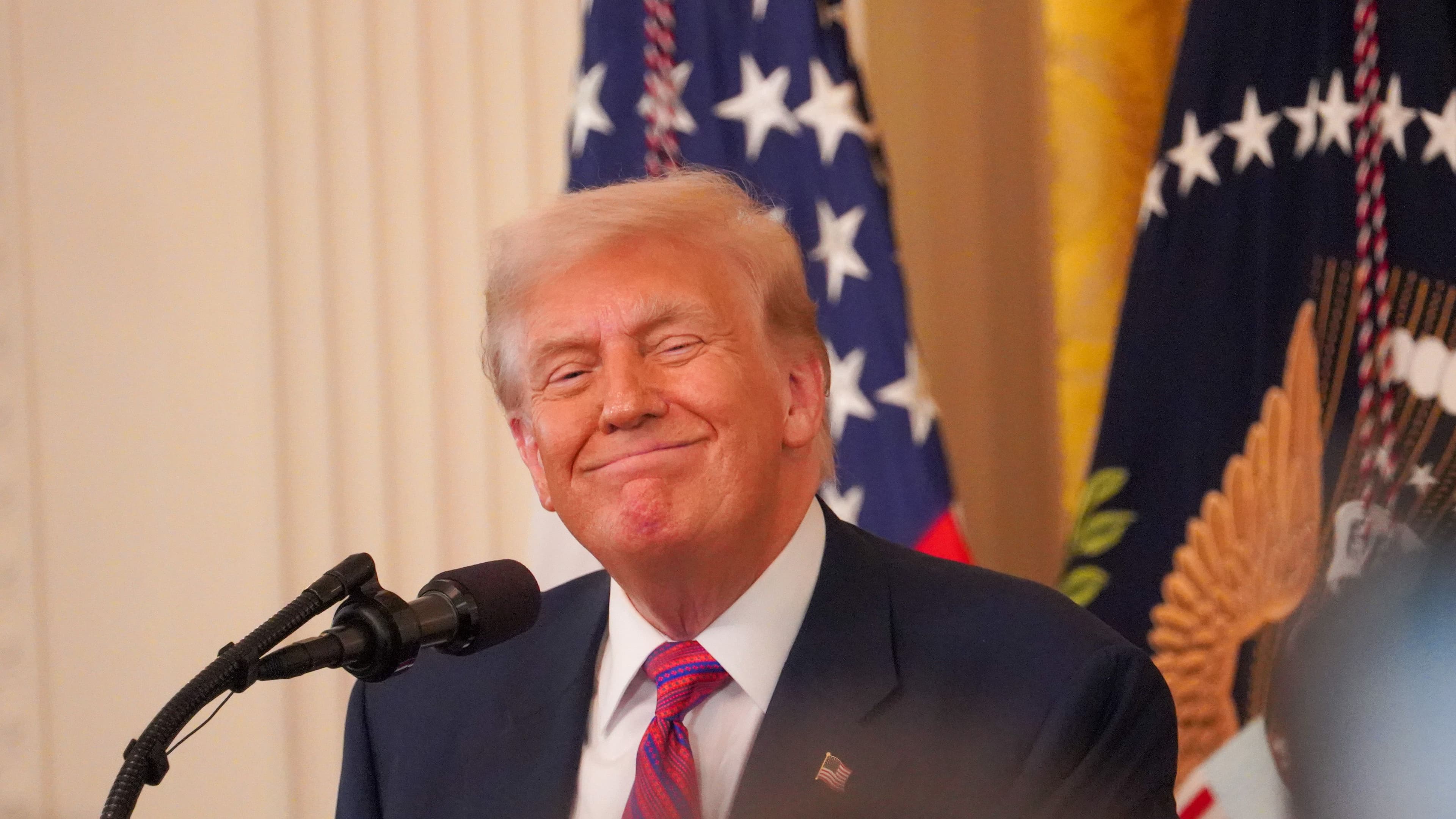
How secure are the crypto assets in my 401(k)? Ask about the custody solutions and insurance protections used by your plan provider to safeguard digital assets from hacks or theft.
-
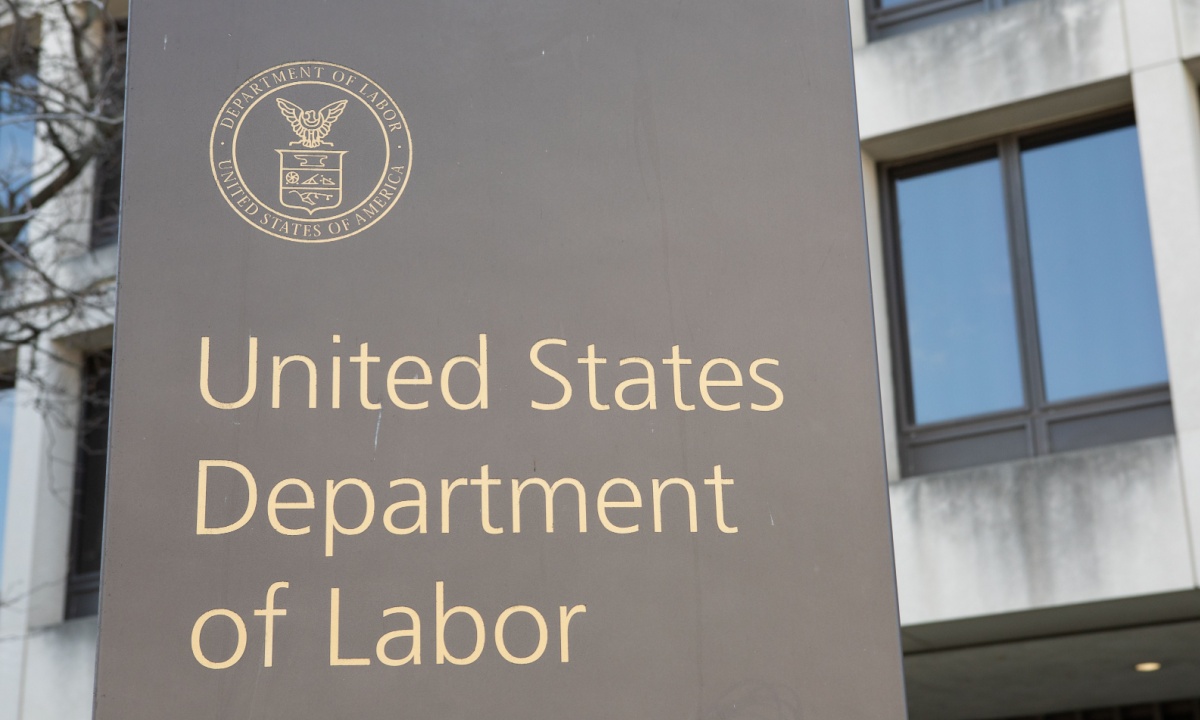
What regulatory changes could impact my crypto investments? The landscape is evolving—Trump’s executive order is just the beginning. Stay updated on guidance from the Department of Labor and SEC.
These questions aren’t just theoretical. They reflect real-world considerations around volatility, regulatory clarity, and the operational mechanics of securing digital assets within retirement accounts. For example, while Bitcoin currently trades at $116,153, its price history is marked by dramatic swings, something that can be both an opportunity and a risk depending on your investment horizon and tolerance.

What Could Crypto in 401(k)s Look Like in Practice?
The path to true adoption will likely be gradual. Major plan providers may start by offering limited exposure through regulated funds or trusts rather than direct spot holdings. Education will be paramount, plan participants must understand not only potential upside but also the unique risks associated with self-custody, cyber threats, and market volatility.
It’s also possible that new products will emerge aimed at mitigating these risks, think target-date funds with small crypto allocations or managed portfolios that rebalance based on volatility triggers.
“The next wave of retirement innovation could see digital assets become as commonplace as mutual funds, if regulators and providers can deliver robust investor protections. “
How to Prepare: Practical Steps for Investors
If you’re considering whether to add cryptocurrency to your future retirement mix, it’s wise to start preparing now:
The most prudent investors will treat any allocation to digital assets as a satellite position, a modest slice of an otherwise diversified portfolio. This approach seeks to capture potential upside without jeopardizing long-term security.
Stay Informed as Regulation Evolves
The regulatory landscape is still taking shape. Agencies like the Department of Labor and SEC are tasked with developing detailed rules over the coming months and years. Track official updates here. Plan sponsors may move cautiously until there’s clear guidance on fiduciary duty, disclosures, and product structure.
The bottom line? Trump’s executive order represents a watershed moment for both retirement investing and mainstream crypto adoption in the US. Whether this leads to transformative wealth-building opportunities, or introduces new pitfalls, will depend on how thoughtfully regulators, plan providers, and individual savers navigate this bold new frontier.






